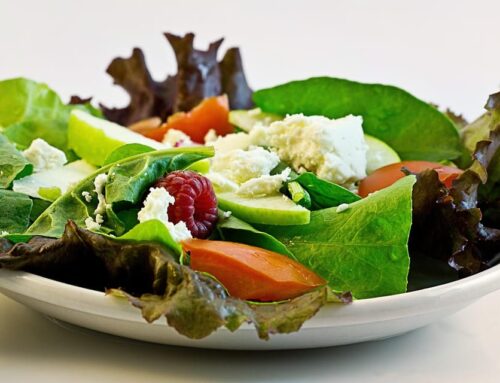
Safe Bites: 25 Simple Steps to Reduce Your Risk of Food Poisoning
Safe Bites: 25 Simple Steps to Reduce Your Risk of Food Poisoning
Food poisoning is a common and potentially serious public health concern, with millions of people falling ill each year due to their food. With the constant risk of foodborne illness, it’s crucial to adopt measures to reduce the risk of getting affected. In this article, we will explore 25 simple steps to help you ensure safe bites and minimize the risk of food poisoning.
Introduction
When it comes to food, there’s no room for complacency. Foodborne illnesses are caused by bacteria, viruses, and parasites, which can lead to severe health complications, hospitalization, and even death. The Centers for Disease Control and Prevention (CDC) estimates that every hour, 12 people in the United States are hospitalized due to foodborne diseases, resulting in approximately 75 million cases each year. It’s essential to recognize that food safety is a collective responsibility, and by following simple steps, we can reduce the risk of food poisoning.
Section 1: Food Handling and Preparation
Handling and Storing Food Properly is Crucial
To minimize the risk of food poisoning, proper food handling and storage are essential. Here are a few essential tips to keep in mind:
- Always store raw meat, poultry, seafood, and eggs in a separate area from ready-to-eat foods to prevent cross-contamination.
- Store food at the correct temperature: 40°F (4°C) for hot foods and 0°F (-18°C) for cold foods.
- Refrigerate or freeze perishable foods within two hours of preparation or consumption.
Section 2: Raw and Cooked Food Separation
Don’t Let Cross-Contamination Happen
Proper separation of raw and cooked foods is vital to prevent cross-contamination. Here’s what you can do:
- Use separate cutting boards and utensils for raw meat, poultry, and seafood to prevent the transfer of bacteria to ready-to-eat foods.
- Cook raw foods to the recommended internal temperature to ensure food safety.
- Avoid pooling or standing water in sinks and around food preparation areas to prevent bacterial growth.
Section 3: Cooking and Reheating Food
Know Your Way Around the Kitchen
Effective cooking and reheating techniques can help reduce the risk of food poisoning. Here’s what you need to know:
- Cook vegetables at 145°F (63°C) for three to five minutes, then rest for three minutes before serving.
- Reheat leftovers to 165°F (74°C) before consumption.
- Use a food thermometer to ensure the internal temperature of cooked foods reaches a safe minimum.
Section 4: Food Storage and Disposal
Effective Storage and Disposal
Good storage habits are critical to preventing food spoilage and the growth of bacteria. Here’s how you can keep your food in check:
- Label and date leftovers, and use the first in, first out principle to ensure you consume perishable foods before they expire.
- Remove and dispose of expired, spoiled, or rancid foods to prevent cross-contamination.
- Clean and disinfect containers after use to prevent bacterial growth and re-contamination.
Section 5: Personal Hygiene and Food Handling Habits
Your personal hygiene and food handling habits can significantly impact your risk of getting food poisoning. Here’s how:
- Wash your hands and utensils after handling raw meat, poultry, seafood, and eggs.
- Clean and disinfect surfaces and utensils after use to prevent bacterial growth.
- Avoid sneezing or coughing over food, and remove any visible debris from hands before handling food.
Conclusion
In conclusion, by following these 25 simple steps, you can significantly reduce your risk of food poisoning. Remember, it’s a collective responsibility to ensure safe food handling and preparation, and by combining proper food handling, raw and cooked food separation, cooking, reheating food, effective storage and disposal, and personal hygiene and food handling habits, you can help minimize the threat of foodborne illnesses. Stay informed, stay safe, and enjoy your safe bites!
FAQs:
Q: What are the most common causes of food poisoning?
A: The most common causes of food poisoning are bacteria, viruses, and parasites, such as Escherichia coli (E. coli), Salmonella, Listeria, Campylobacter, and rotavirus.
Q: How can I prevent foodborne illnesses?
A: You can prevent foodborne illnesses by following safe food handling and preparation guidelines, keeping your hands and surfaces clean, and being aware of your food storage and disposal habits.
Q: What is the most effective way to store leftovers?
A: The most effective way to store leftovers is to label and date them, store them in a covered container in the refrigerator or freezer, and consume them within a safe time frame to prevent spoilage and bacterial growth.
Q: How long can I keep cooked food at room temperature?
A: Cooked food can be safely kept at room temperature for up to two hours, but it’s recommended to refrigerate or freeze it as soon as possible to prevent bacterial growth and the risk of foodborne illness.







